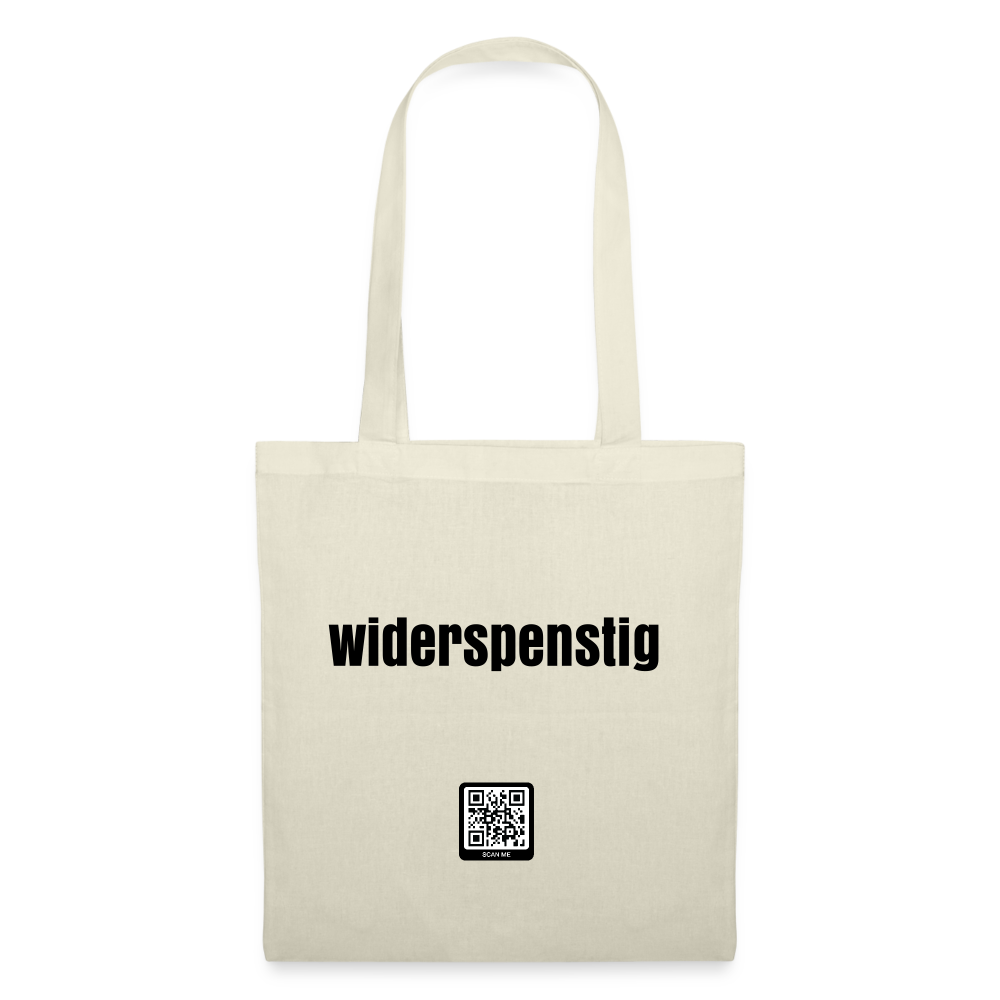The competition has ended and the winners will receive an email from us. If nothing happens this time, the next competition is already waiting for you.
Deutsche Grammophon presents an expanded new edition of Max Richter's THE BLUE NOTEBOOKS on the 15th anniversary of the work's creation. Richter recorded the work in just three hours, but the album became a cult classic, then a trendsetter, and finally a benchmark masterpiece. It paved the way for a whole generation of successful young composers. It has been accessed millions of times on Spotify and has even been used frequently in advertising, television shows and films. What is quite common today was revolutionary at the time - with THE BLUE NOTEBOOKS, Richter was one of the first to combine classical and electronic elements with post-rock perspectives. When the new edition is released on May 11th, we are giving away a total of three notebooks from Filofax . To take part in the competition, all you have to do is answer the following question in the comment box below:
In which Denis Villeneuve film was the well-known piece ON THE NATURE OF DAYLIGHT used?


About THE BLUE NOTEBOOKS
These new editions contain remixes from musicians Konx-Om-Pax and Jlin. Both offer a fascinating cultural crossover and show how Richter's music and ideas overcome barriers. Connections become apparent that were not apparent at first glance.
Also new are the edition's design, a previously unreleased track and new arrangements of compositions that were written at the same time as the album but were only recorded for the first time at Air Studios earlier this year.
Max Richter says about the recording and rearrangement of previously unreleased material: »We once again immersed ourselves in a kind of hinterland of the album; These pieces form the context, they are like a reservoir that went into the production of the recording but ultimately did not appear in the final product.
The bonus material has the same quality and suggestive power as the main album. And whether you listen to the original or the expanded version, it's a recording of simple, melancholic beauty, where a rich, natural string sound meets transparent low-fi electronics. Sensible structures, subsequently added sounds and the ASMR-triggering crystal-clear recording of actress Tilda Swinton's readings create a highly immersive atmosphere.
“The Blue Notebooks” was carefully conceived as “a meditation on violence and its consequences, inspired by the – impending – Iraq war and my own experiences,” says Max Richter. Richter found his role models in Bob Dylan, Woody Guthrie and the punk movement, but his style of protest was different. »I wanted to invite the listeners, give them space to think, rather than force something on them. The world is rough enough, I didn't want to add anything to that brutality. Over the years I have realized that you have to find a balance; As our world lurches into something very threatening, based increasingly on loud, unscrupulous rhetoric, I want to talk about silent protest.
The album is also very personal, Richter remembers: »As a sensitive child, I reacted to the violence around me by withdrawing completely into myself. My only refuge was music; I completely disappeared into the inner landscapes that she opened up to me.«
In fact, “The Blue Notebooks” is imbued with a sense of nostalgia. This is also evident in the texts that Richter chose for Tilda Swinton's important monologues. »Everyone carries a room about inside him. – Every person has a room inside them,” she begins. The words come from Franz Kafka's eight blue octave books, which Richter refers to in the title of his suite. Later, Swinton recites from “Hymn of the Pearl” and “Unreachable Earth” by the Polish poet Czesław Miłosz, where past and present blur in a memorable way: “I was here when she, with whom I walked, wasn't born yet – I was here, when the one walking next to me wasn't yet born."
“The texts I chose should reflect my impression of the politics of the time,” says Richter. »Facts were gradually replaced by subjective assertions as everything came to a head towards war, which seemed inevitable and legitimate when all the evidence pointed to the contrary. Kafka's use of the absurd to examine power structures seemed to me to be of utmost importance. He is, of course, the patron saint of doubt, and doubt - about politics and the path society was taking - was what I wanted to express. The lyrics were specifically chosen because they refer to childhood or to the passage of time while everything around is failing.«
Richter points out that this is already built into the structure of “The Blue Notebooks”. "'On The Nature Of Daylight' has the structure of a palindrome, so that past and present exist side by side." The piece has now become the standout, best-known of the album, not least through its significant use in Denis Villeneuve's award-winning film "Arrival." Palindromic narrative structure, ideas about non-linear time and blurry images of experiences fit perfectly with Richter's music.
The appeal and influence of "On The Nature Of Daylight" is reflected in the fact that it has been used in so many films and television shows. These include “Shutter Island” by Martin Scorsese, “The Innocents” by Anne Fontaine, “The Face of an Angel” by Michael Winterbottom, “Disconnect” by Henry Alex Rubin and “Stranger Than Fiction” by Marc Forster.
And so here we rightly consider the past of this classic album and its place in the present. Politically, things are not only comparable, but worse. Musically, some things are unchanged, but now appear in a different light and are judged differently under new circumstances, while other parts are new or have been edited. »The Blue Notebooks« represents a changing cycle of observation and experience - it embodies timelessness.
Win a Filofax notebook for the expanded new edition of Max Richter's THE BLUE NOTEBOOKS, which will be published on May 11th.





